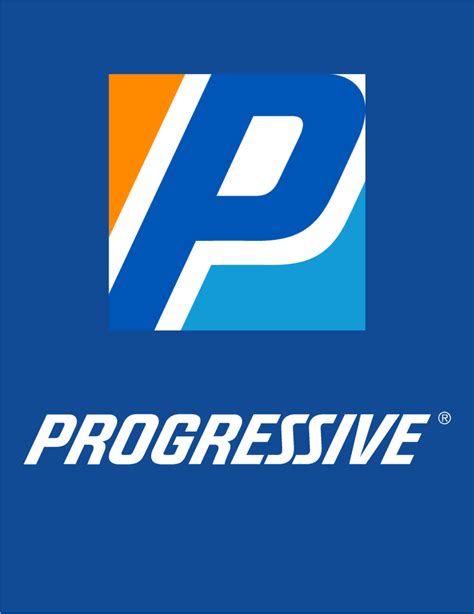How to break through a strength plateau for peak muscle & performance gains?

Hitting a strength plateau can be incredibly frustrating. You’ve been putting in the work, lifting consistently, but suddenly, your progress grinds to a halt. This common obstacle affects lifters of all levels, signaling that your body has adapted to your current stimulus. But fear not; a plateau isn’t the end of your gains, it’s an opportunity to re-evaluate and implement smarter strategies to push past your limits and achieve peak muscle and performance.
Re-evaluate Your Training Program
The first place to look when progress stalls is your training program. Are you consistently applying the principle of progressive overload? This is the foundation of muscle growth and strength gains. It means gradually increasing the stress placed on the body during exercise.
Consider:
- Increasing Weight: The most obvious, but not always possible.
- Increasing Reps/Sets: Adding more volume can be an effective way to stimulate growth.
- Decreasing Rest Times: Making your workouts more metabolically demanding.
- Improving Time Under Tension (TUT): Slower, more controlled movements can increase muscle engagement.
- Varying Exercises: Introduce new exercises or variations (e.g., pause squats instead of regular squats) to challenge your muscles in different ways.
- Periodization: Implement cycles of higher intensity/lower volume and lower intensity/higher volume to allow for recovery and adaptation.

Optimize Your Recovery
Often overlooked, recovery is where your muscles actually grow stronger. If you’re constantly pushing without adequate rest, you’re not giving your body the chance to repair and adapt.
- Sleep: Aim for 7-9 hours of quality sleep per night. This is when your body releases growth hormone and repairs muscle tissue.
- Nutrition: Ensure you’re consuming enough protein (1.6-2.2g per kg of body weight) to support muscle repair, sufficient carbohydrates for energy, and healthy fats for hormone production. Don’t neglect micronutrients from fruits and vegetables.
- Hydration: Water is crucial for metabolic processes, nutrient transport, and joint health. Stay well-hydrated throughout the day.
- Stress Management: Chronic stress elevates cortisol, which can hinder muscle growth and recovery. Incorporate stress-reducing activities like meditation, yoga, or spending time in nature.

Master Your Form and Technique
Sometimes, a plateau isn’t due to a lack of strength, but a breakdown in technique. Poor form not only increases the risk of injury but also prevents you from effectively engaging the target muscles and lifting your true potential. Review videos of yourself, or ask an experienced coach to critique your form.
- Mind-Muscle Connection: Focus on actively contracting the target muscle throughout the exercise. Don’t just move the weight; feel the muscle working.
- Tempo: Controlling the eccentric (lowering) phase of a lift can create more muscle damage and stimulate growth. Don’t rush your reps.
- Grip Strength: A weak grip can often limit how much you can lift on exercises like deadlifts or pull-ups. Incorporate grip-specific training.
Incorporate Strategic Deloads and Active Recovery
Pushing hard all the time can lead to overtraining. A deload week involves significantly reducing your training volume and/or intensity (e.g., 50-60% of your usual weight/reps) for a short period (typically 1 week). This allows your central nervous system to recover, joints to heal, and sets you up for new personal bests afterward.
Active recovery, such as light cardio, stretching, or foam rolling, can also aid in blood flow and reduce muscle soreness without adding significant stress.

Seek External Guidance
If you’ve tried everything and are still stuck, consider working with a qualified strength coach. An outside perspective can identify blind spots in your training, technique, or nutrition that you might be missing. A coach can also design a personalized program tailored to your specific goals and help you stay accountable.

Conclusion
Breaking through a strength plateau requires a multi-faceted approach. It’s not just about lifting heavier; it’s about training smarter, recovering better, and being honest about your habits. By systematically re-evaluating your program, optimizing recovery, refining technique, and strategically deloading, you can overcome these temporary setbacks and continue on your path to peak muscle and performance gains. Remember, consistency and patience are your most powerful tools.








